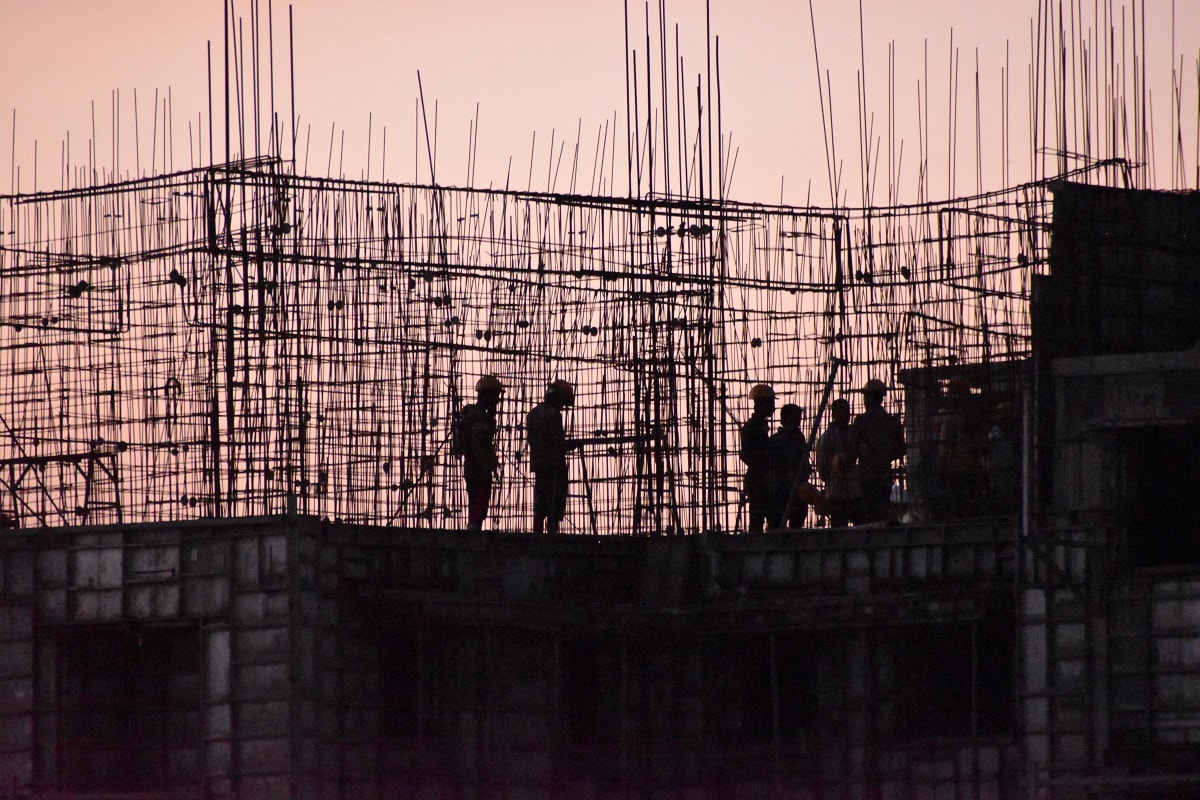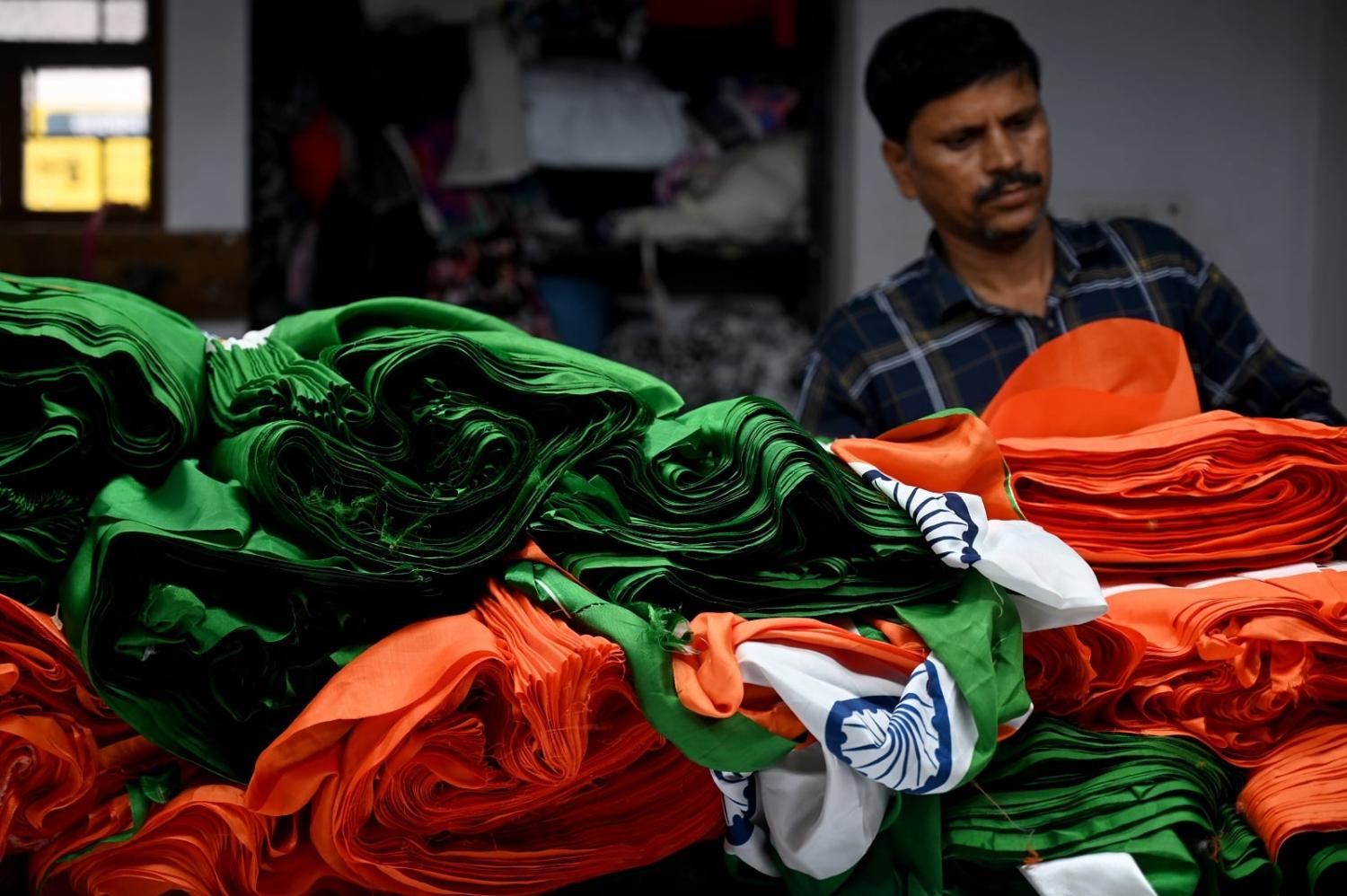With India’s recent ban on the import of personal computers, laptops and other assorted computer peripherals, a pattern is becoming evident. Rising tariffs on a majority of goods over the past few years, the introduction of Production Linked Incentives (PLI), and a drive to build the country’s infrastructure – at times favouring national champion firms – have all made it increasingly clear that the Indian government wants to formulate an industrial policy.
Despite the government’s efforts, however, it is not entirely evident what an industrial policy might entail, how it has worked in previous successful cases, or what its political underpinnings would be.
While there is no universally agreed upon definition, at its core, industrial policy is about facilitating catch-up growth among latecomer countries in a globalised world, thus forcing them to develop an international specialisation. Some argue that starting from the industrial revolution in Britain to the rise of other Western economies – such as France, the United States and Germany – there was always an element of industrial policy.
However, the modern industrial policy framework – as seen in East and Southeast Asia – was recognised in its opposition to neoclassical models of growth and the prevalent political economy models through the 1950s to 1980s. While the neoclassical models advocated laissez-faire and prudent macroeconomics, the political economy models claimed that property rights and contract enforcement were necessary for industrial growth. And the aspect of international specialisation makes industrial policy distinct from import substitution, which was used in India and Latin America before the 1950s.
Proponents of industrial policy argued that while international specialisation was necessary, it could only be achieved by state intervention. And the three fundamental objectives of state intervention were to mobilise resources, allocate them to certain sectors or industries, and importantly, provide conditional support for industries and firms based on performance. In varying degrees, this kind of industrial policy was prevalent in Japan, South Korea, Taiwan and other Southeast Asian economies such as Malaysia, Thailand and Singapore.

More specifically, industrial policy would include elements such as financial repression, which allowed the state to direct the accumulated savings to chosen industries; support for complementary industries, often linked with each other through input-output mechanisms; selective trade protectionism; production and export subsidies; favourable taxation; and exchange rate manipulation.
Yet, even more significant than these economic policies were specific socio-political arrangements that underpinned industrial policy. These had three features. First, an empowered bureaucracy that had de facto policymaking capabilities. Second, dense networks connecting business interests and policymakers. Third, labour subordination and active disregard of populist pressures.
As the latter makes clear, this kind of political arrangement is hardly possible in contemporary electoral democracies. It also explains why the authoritarian structures of East and Southeast Asian states were key to their successful industrial policies. Therefore, in today’s context, it is more useful to look at industrial policy as a spectrum or array of policies, instead of a concrete policy framework.
For India, the first two socio-political features regarding an empowered bureaucracy and the government-business nexus deserve closer attention.
Bureaucratic design enabling autonomy from political pressures is arguably the most important feature of an industrial policy. Some of the foundational concepts on what an ideal bureaucracy implementing an industrial policy looks like come from Japan’s all-powerful Ministry of International Trade and Industry (MITI) and its role in Japanese industrial take-off.
“[In Japan] economic reforms were typically preceded or accompanied by major bureaucratic reorganizations that concentrated economic decision-making authority in one or several lead agencies, strengthened the role of technocrats in formulating policy, reformed internal bureaucratic routines, and moved toward meritocratic recruitment,” writes Chalmers Johnson in MITI and the Japanese Miracle: The Growth of Industrial Policy, 1925-1975.
Both South Korea and Singapore also had similar bureaucratic institutions to MITI. However, these were more ideal models than the norm across the region.
Rather, the experience of more “intermediate” cases, such as Taiwan, Thailand and Malaysia, is more useful from an Indian perspective. While there was no centrally run overarching bureaucratic framework, an empowered bureaucracy was present at a sectoral or sub-national level. According to political sociologist Peter Evans, the bureaucracy in these countries was “rational” – it had the power to limit rent-seeking by firms – but was also involved in dense networks with the same business interests through consultative councils and agencies.
This brings us to the second socio-political feature that underpinned successful cases of industrial policy – the bureaucratic-business nexus. Whether it was Taiwan or Thailand, the bureaucrats in charge were connected with the sectoral business interests through dense and institutionalised networks. These networks had two purposes. They allowed bureaucrats to seek information and develop the necessary industry expertise, which helped them design better policies. And their presence in these networks gave bureaucrats the power to discipline the business interests when necessary.
Here, Evans’ comparison of South Korea’s success and India’s relative failure at industrialising is instructive. He argues that after independence, while India got the state part right through dedicated sectoral bureaucracies, these had negligible ties with private firms.
There are other examples that highlight how these two features worked in practice. In Thailand, the phases in which a cohesive bureaucracy was coupled with relatively greater industry-specific expertise resulted in the periods of deepest industrialisation. Even in India immediately after independence, the Indian steel industry did well under state-led development, but then its performance deteriorated. Political scientist Atul Kohli shows that the success of the initial phase was due to bureaucrats having better industry-specific expertise.
Implicit here is that no two successful cases of industrialisation had identical institutions, but they shared some fundamental features. A state does what it can, using the features it has, and reconfiguring what it must. If India wants to finally push industrialisation, its policymakers need to fundamentally repurpose the country’s existing institutions to aid its industrial policy.

